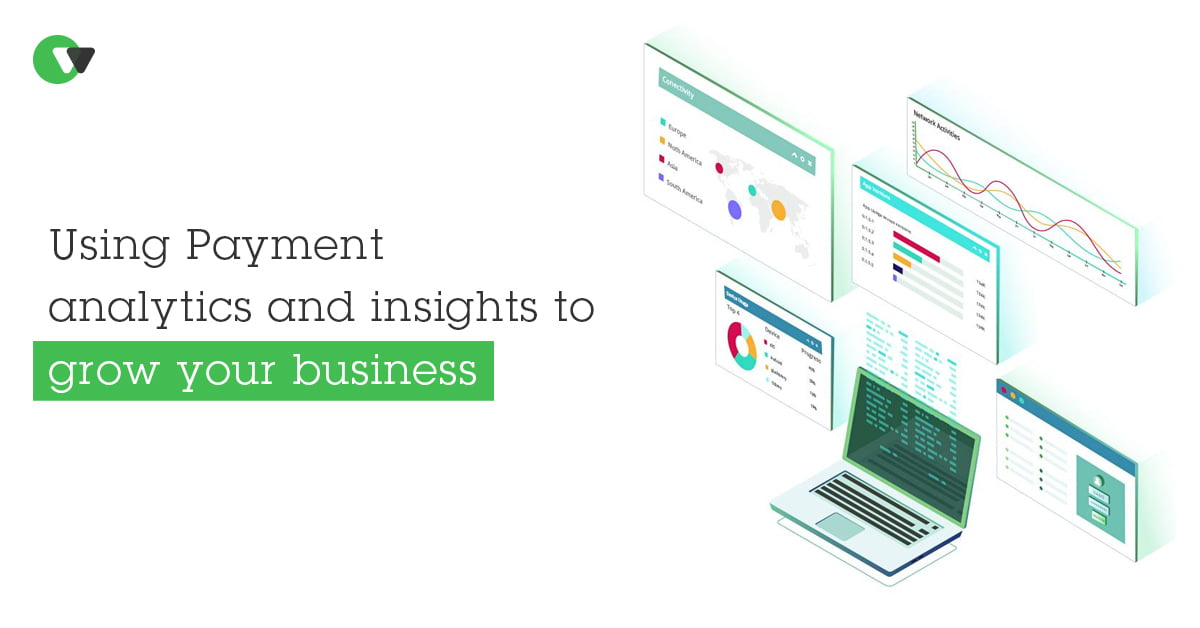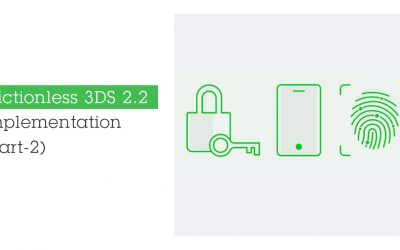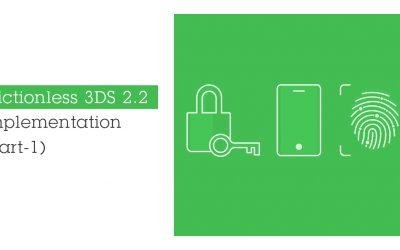
Using Payment analytics and insights to grow your business
Payment Analytics refers to integrating and processing payments data from various sources like cards, mobile wallets, and bank transfers. If used efficiently, it can benefit businesses by providing insights into their revenues, payment trends, and customer shopping behavior.
Now more than ever, organizations have access to large amounts of data that can be leveraged to their advantage. This age of big data and analytics has allowed merchants to make more strategic and informed operational decisions. However, the domain of payments has often been sidelined in the optimization of data. While investing in analytics for areas such as marketing is more common, one should not underestimate the potential impact of payment analytics. Given the growth in online transactions, now is the perfect time to learn how to use in-depth reporting features for online payments. This will enable merchants to not only significantly reduce their costs but also generate higher revenues. Let us take a look into how this is achieved.
Customer behaviour
One way in which merchants can increase their revenue is by better catering to their customers. In order to do this, they need to have visibility on their customers’ shopping patterns, highlighting the areas that require improvement. By knowing the customers’ transactions history, the country they’re from, payment methods and currencies they transact in, how often they shop and what their average transaction value is, merchants can gauge their customers’ preferences and behavior. This gives them a better understanding of payment methods and features they should offer in order to boost conversions and reduce cart drop-outs.
Individual customer profiling can also be done using every customer’s account details and devices plotted against other customers on a cohesive interconnected customer identity graph. This allows one to recognise and differentiate regular loyal customers from the rest, analyse these customer segments and offer them customer loyalty rewards. In the case of customers who are not active anymore as seen with a decline in their transactions, merchants may also find it beneficial to offer them targeted promotions. There is also a lot more that can be done with the troves of insights gained from such a graph. If one believes in the old saying “Customer is King”, the need for such an analytics solution is quite clear.
Acquirer health check
Merchants with a Multi-acquirer setup can greatly benefit from payment analytics on all their acquirers. It’s important to partner with a payment platform that can create a consolidated dashboard using a slew of information like the acquirer’s platform health, performance, and historic track record. A health check of such kind would include each acquirer’s success rate, reasons for unsuccessful transactions, currency-based conversion rates, and easy-to-navigate distribution graphs for the same.
When an acquirer is working in multiple currencies, their conversion rates for each currency may vary. For instance, an acquirer might perform better in USD than they do in EUR. These payment analytics enable merchants to add or subtract different currencies from acquirers and as a result, optimise their transaction success rates. As every day calls for new transactions and statistics on the same, it is empirical for merchants to keep track of the changes in data and adjust their payment strategies accordingly. If a merchant spots a pattern of unsuccessful transactions, this might indicate a partial or full outage on the acquirers’ end. In this case, one can make use of cascading- where failover transactions are automatically sent to a secondary acquiring bank. When deciding between acquirers, merchants are now able to configure intelligent transaction routing (ITR). ITR has been known to optimise the routing of transactions while allowing the cost-efficient continuity of business operations.
Insights into individual transactions
Besides the aforementioned analytics, transactional data can also be utilised on a more granular scale. The data tracked includes the origin of each transaction, how many times the customer retried the payment, and why it failed. This ensures that data on an aggregate level or in reconciliation reports are easily traceable, contributing to data quality. Additionally, having extensive transactional data for every single payment can greatly enhance merchants’ customer service capabilities. For instance, if a customer filed a complaint related to the purchase of a product, the merchant could easily check the transaction in question and identify the problem, promptly servicing the customer and solving their complaint. Also, in case of a failed payment, a merchant could utilise individual transaction data to swiftly check the error and send the customer a different payment option, such as pay-by-link or QR-code payment, ultimately enhancing customer satisfaction.
Webstore analytics
Lastly, it is important to point out that payment analytics should not be a stand-alone functionality, but rather integrated with the rest of the webstore’s analytics, such as Google Analytics. This can increase the usefulness of data by allowing merchants to see new connections, patterns, and insights from the whole customer journey. The aggregation of payments and webstore analytics also means that merchants do not need to log in at multiple places and attempt to match data or struggle to extract some valuable information from separate data files. Instead, they can see the whole customer journey on one dashboard with all the information consolidated in real-time. Thus, integrating webstore analytics with payment data simplifies the data analysis process and provides a complete view of the shopper. Clearly, there is no more slicing and dicing of data!
Conclusion
It is safe to say, partnering with a payment platform that easily aggregates and processes data while simultaneously providing actionable real-time payment analytics, is the way to go. Such insights can then be used to increase the company’s day-to-day efficiency and continuity. It empowers senior management to better understand the areas that need their attention. Along with this, routing information enables the easy detection of issues and helps one set strategic routing rules for future planning. Having detailed transaction information across all channels and geographies also allows merchants to recognise and predict payment trends while expanding overseas. Overall such a solution is a valuable asset when it comes to short-term decision making and business analysis for the merchants.
At WLPayments we offer a variety of in-depth reporting features that you can take a look at here.
Leave your questions
FEATURED PAGES
Frictionless 3DS2.2 Implementation- The solutions
Frictionless 3DS 2.2 Implementation - The Solutions In the first part of our blogs about 3DS2 implementation (which you can find here), we discussed the key challenges and the importance of a good 3DS2 implementation. In this blog, we will turn to the solutions and...
Frictionless 3DS2 Implementation (part-1)
Frictionless 3DS 2.2 Implementation - The Challenges Introduction The recent deadline for PSD2’s SCA implementation has been making headlines for quite some time now. Surely, this is a significant regulatory development in the market. However, the noteworthy amount of...
WLPayments announces their addition of 7 new acquirers in the span of just 2 months
WLPayments announce their addition of 7 new acquirers in the span of just 2 months Amsterdam 03.04.2021 WLPayments is pleased to announce its addition of 7 new acquirers to its platform, keeping true to its acquirer-agnostic approach. These acquirers were integrated...


